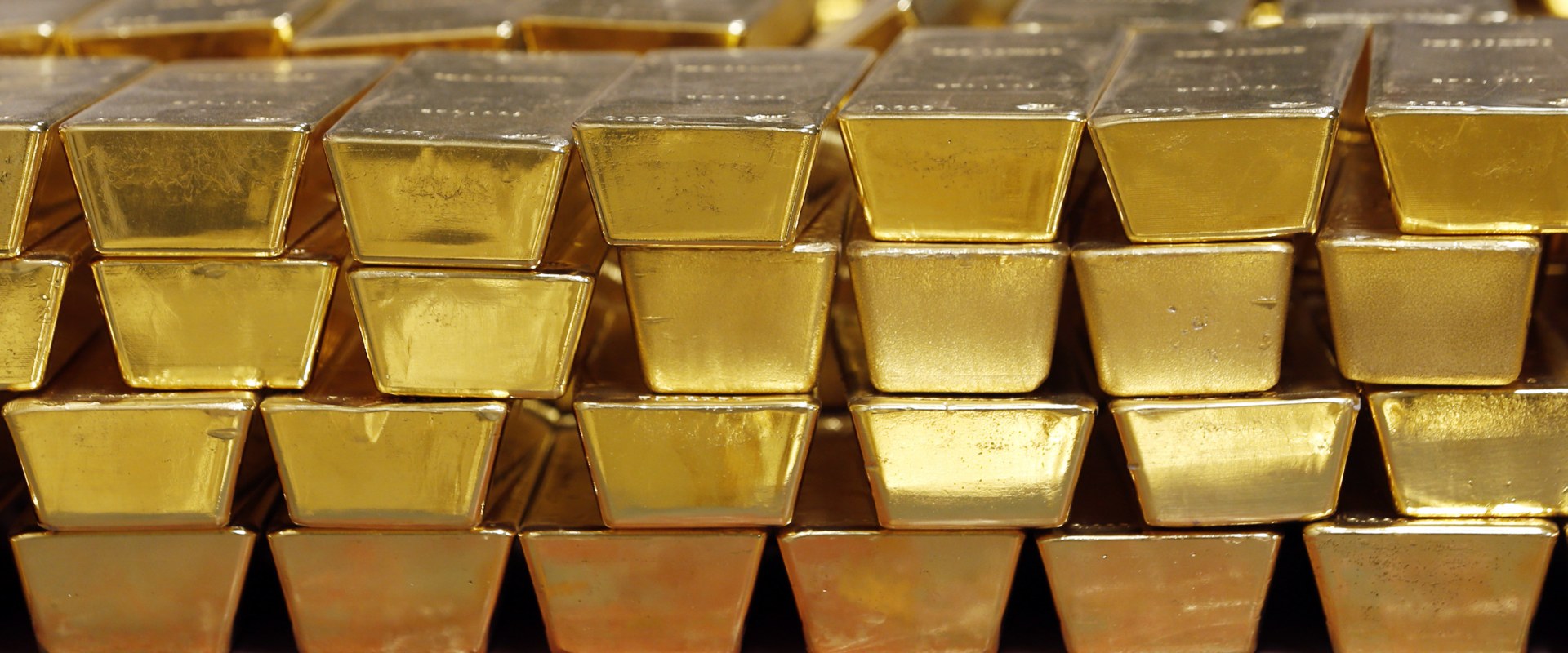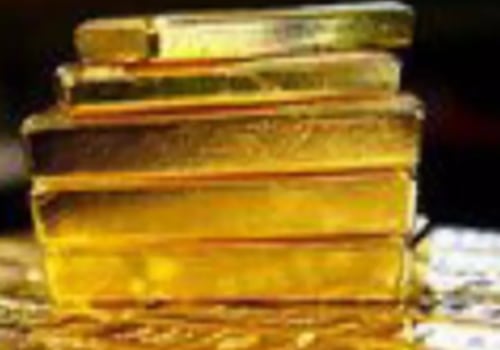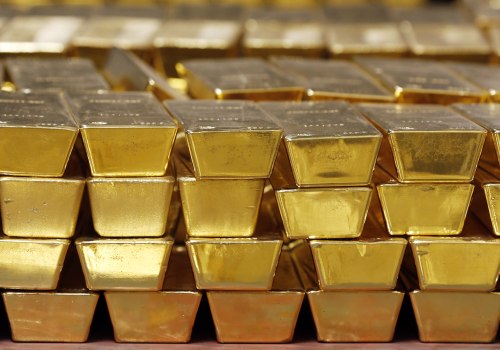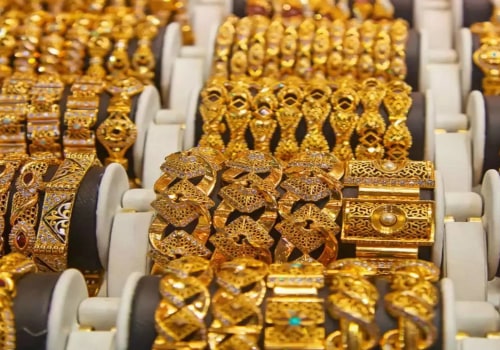When it comes to investing, gold is often seen as a safe haven asset. It can provide a degree of diversification to your portfolio and can be a great way to protect yourself against inflation. But if you're considering investing in gold from overseas markets, there are some special considerations you should keep in mind. Generally speaking, any allocation to gold should not exceed 5% of your total portfolio.
If you have a greater risk tolerance, the total allocation could range from 5 to 10% of your total portfolio. If you decide that investing in physical gold is right for you, here are a few things to keep in mind. The traditional way to invest in gold is coins and ingots. Buying and holding physical gold provides security, since there is no counterparty and, therefore, there is no risk of default either. However, you should also store your gold ingots and coins and protect them against theft, for example, in a safe or a bank safe.
This will generate additional costs. Investing in gold pays off in the long run. Because of their limited focus, sector investments tend to be more volatile than investments that diversify into many sectors and companies. However, the total costs of owning gold vary widely between investment types and reduce after-tax returns. As the last category for investing in physical silver and gold, jewelry is the furthest away from traditional investment. Despite its longstanding appeal, gold isn't always the heavy investment that movies and TV shows can lead you to believe.
Therefore, when people turn to gold as the last store of value for fear of a financial crisis, they often consider gold bullion as a way to protect themselves against fiat currencies. Generally, however, the merger price is the minimum price of a gold or silver ingot and will fluctuate along with the spot price of gold or silver. That said, investing in gold through an ETF is a relatively inexpensive and low-risk way to gain exposure if you're interested. As gold and silver coins are rarely traded solely for their merger value, they are more of a collector's item than an investment. These investments usually move relative to gold prices, but they are also influenced by production and borrowing costs. The return on investment and the principal value of ETF investments will fluctuate, so an investor's ETF shares, if sold or when sold, may be worth more or less than the original cost.
Most investments in gold can be held in an individual retirement account (IRA), which can significantly increase returns after taxes. An investment in gold bullion in 2004 would have provided an annualized pre-tax return of more than 12% for the next 10 years. As a tangible asset, the precious metal, in the form of gold coins, gold ingots, or jewelry, protects investors against inflation. A gold futures contract, on the other hand, is a legally binding agreement for the delivery of gold in the future at an agreed price. The restriction was intended to reduce the accumulation of gold, which according to the gold monetary standard was believed to be stifling economic growth, and lasted more than 40 years before being lifted in 1975.







